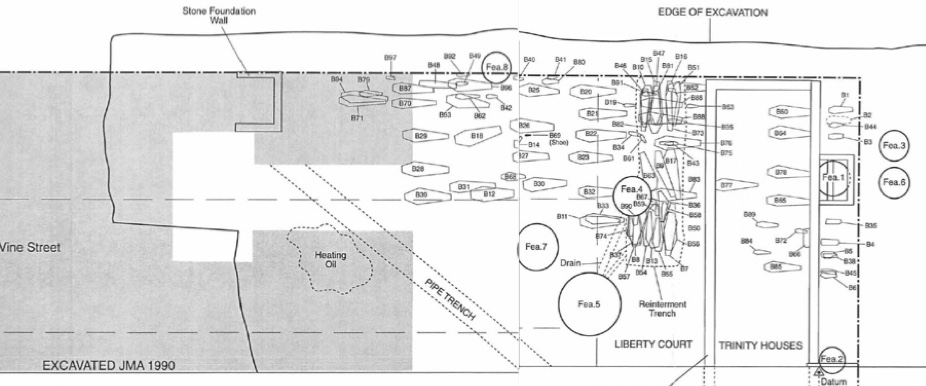
Nonexistent or weakly enforced laws in Philadelphia have led to historic graves being destroyed by construction. Hastily organized rescue excavations have salvaged some of these human remains, but others have been destroyed, or are threatened by future development projects. In an attempt to reduce the damage to historic cemeteries, archaeologists in the city have produced an interactive map showing where unmarked gravesites and burial yards were located. They caution, however, that the map does not show all historic burial locations, and that even if a historic cemetery is documented to have been relocated at some time in the past, many human remains are likely still present in the original location. Read more about the issues that led to the creation of this map at the Philadelphia Archaeological Forum.
